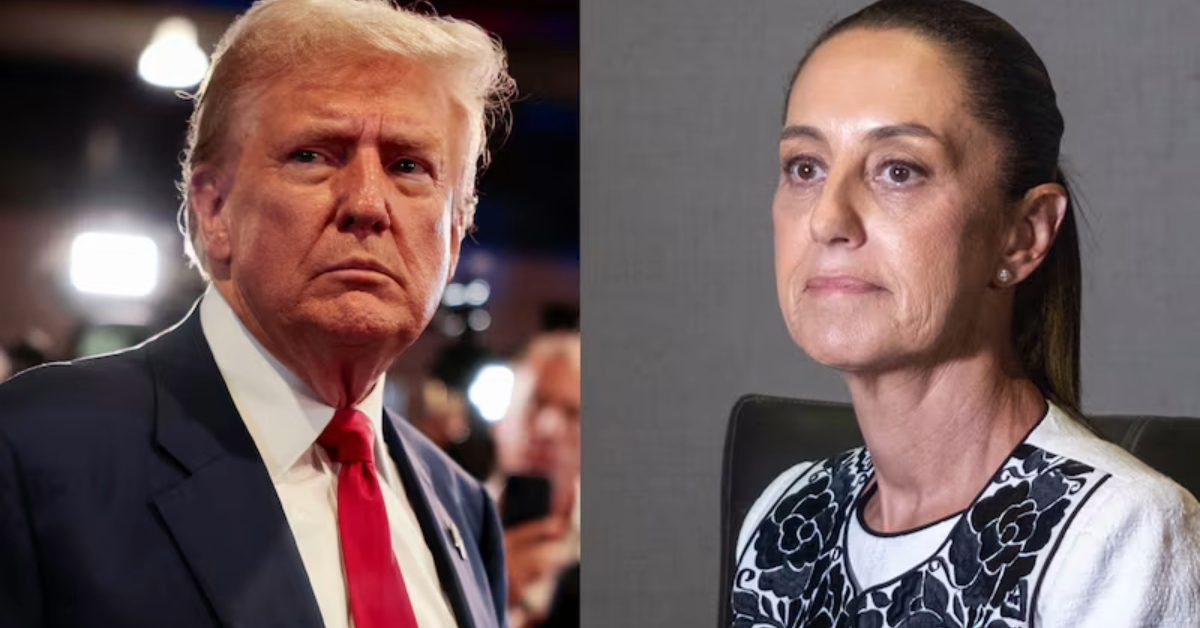Puerto Vallarta, Mexico – The Mexican peso advanced on Thursday following a reportedly productive conversation between U.S. President-elect Donald Trump and Mexican President Claudia Sheinbaum. The currency’s rebound comes after a week of losses, but key differences between the two nations remain unresolved, particularly on migration policies.
As of 9 a.m. in London (4 a.m. ET), the peso had strengthened by 1.5% against the dollar, outperforming all other emerging market currencies. “It was a wonderful conversation,” Trump posted late Wednesday on Truth Social. “She has agreed to stop migration through Mexico and into the United States, effectively closing our southern border. We also talked about what can be done to stop the massive influx of drugs into the U.S. and also the American consumption of these drugs.”
However, President Sheinbaum offered a different perspective. Approximately an hour later, she posted on X (formerly Twitter), stating that during their phone call, she told Trump that “Mexico’s position is not to close borders but to build bridges between governments and between peoples.” She emphasized Mexico’s strategy of addressing migration by assisting “migrants and caravans before they reach the border” and “respecting human rights.”
The peso’s movement reflects the market’s sensitivity to the president-elect’s social media statements. Earlier this week, the currency plummeted to its lowest level in over two years after Trump promised additional tariffs on China, Mexico, and Canada—his first specific threats to curb global trade flows since winning the November 5 election.
“The rebound is only temporary, and we can expect more volatility and weakness for the Mexican peso,” said Rajeev De Mello, global macro portfolio manager at Gama Asset Management. “The late-night tweets on U.S. policy remind me of Trump’s first term, so I expect Mexican assets to come under significant pressure.”
The peso’s one-month implied volatility surged to its highest level since 2020 following Trump’s electoral victory earlier this month.
Ongoing Challenges
The contrasting tones in the leaders’ statements highlight the challenges ahead in finding common ground. After Trump’s tariff threats, President Sheinbaum sent a letter outlining Mexico’s successes in combating drug trafficking and hinted at potential retaliatory tariffs on U.S. goods.
The following day, Mexican officials presented an analysis indicating that a 25% U.S. tariff could cost the American economy up to 400,000 jobs and lead to higher prices for consumers.
Trade between the United States and Mexico remains substantial, with the Mexican government estimating annual total trade at $800 billion. Mexico has become the U.S.’s largest trading partner, underscoring the economic significance of their bilateral relationship.
As both administrations prepare for upcoming negotiations, investors and policymakers alike will be closely monitoring developments that could impact trade, migration, and regional stability.
Puerto Vallarta, Mexico - The Mexican peso advanced on Thursday following a reportedly productive conversation between U.S. President-elect Donald Trump and Mexican President Claudia Sheinbaum. The currency's rebound comes after a week of losses, but key differences between the two nations remain unresolved, particularly on migration policies.












